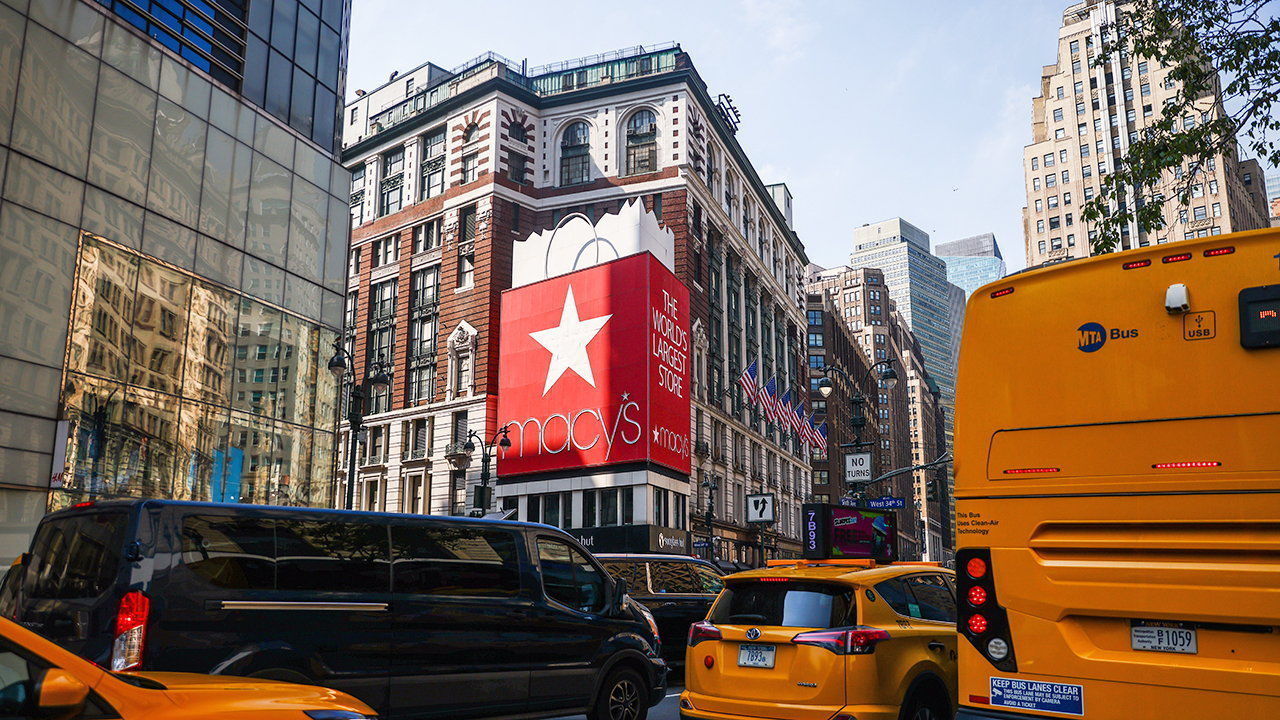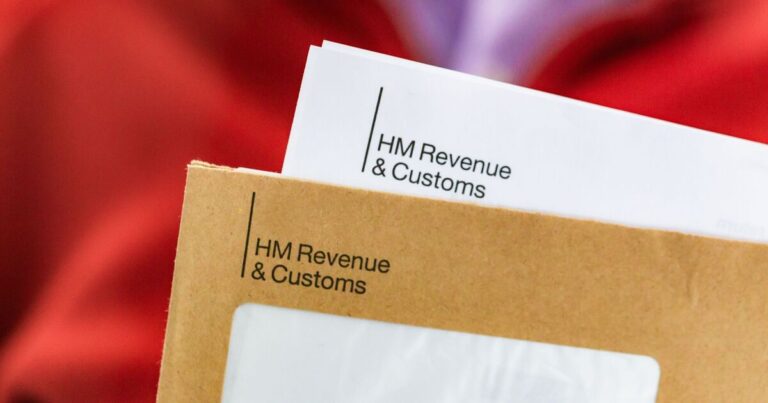
Your browser does not support the <audio> element.
In the 1990s Macy’s, a chain of department stores based in New York, began gobbling up rivals across America. By the late 2000s that strategy had turned it into the biggest fish in a steadily evaporating pond. Sales across American department stores fell from $232bn in 2000 to $133bn last year as consumers switched to buying their frocks and fridges online. Many of Macy’s rivals have collapsed along the way. Sears, once America’s largest retailer, went bankrupt in 2018. JCPenney followed in 2020, as revenues dried up amid lockdowns. Recent years have brought little relief. The surge in the cost of living has led shoppers to seek cheaper alternatives to department stores.
The future of Macy’s has been in question since December, when Arkhouse Management and Brigade Capital Management, two buy-out firms, were reported to be circling the retailer. After their takeover offer valuing it at $5.8bn was rejected in January, the duo began to agitate for a shake-up of its board. Macy’s then agreed to talks on a sweetened proposal and handed two seats on its board to the interlopers. On July 15th, however, it called off discussions, blaming uncertainty over how the deal would be financed. Its share price plummeted by 12%, lowering its market value to $4.7bn.
The barbarians at Macy’s gate were lured not to the business itself—its sales declined from a peak of $28bn in 2014 to $24bn last year—but to its treasure trove of properties. It operates 718 stores, including those of Bloomingdale’s, its swankier sister brand, and Bluemercury, a high-end cosmetics boutique it bought in 2015. It owns 286 of these buildings, among them its flagship store on Herald Square in New York. CoStar, a property-research firm, reckons those assets are worth between $7.9bn and $10.5bn—more than Macy’s current market value. The figure would be towards the higher end of the range if Macy’s were to offload the properties and then rent the floorspace.
Such transactions yield a quick buck for investors, but can be disastrous for a company’s long-term prospects as rising rents erode profit margins. That may explain why Macy’s has been slow to sell off properties. Sears, under the stewardship of Eddie Lampert, a hedge-fund boss, embraced the strategy enthusiastically in the years leading up to its bankruptcy.
Macy’s has instead opted to stick with the turnaround plan unveiled in February by its newish chief executive, Tony Spring. It will close 150 Macy’s stores and improve its online shopping experience while expanding Bloomingdale’s and Bluemercury. In other words, it will continue doing precisely what it has done for years. The company has already shrunk its footprint of stores, which peaked at 868 in 2015. It began selling online in 1996 and has revamped its offering many times since then. Its e-commerce sales last year accounted for less than 1% of America’s total.
Macy’s has expanded Bloomingdale’s and Bluemercury to a total of 216 stores, up from 192 in 2017, and wants to add at least another 45. But growth will not be easy. Many luxury brands have been shifting towards selling directly to customers through their own ritzy shops. On July 4th Hudson’s Bay Company, which owns Saks Fifth Avenue, a posh department store, announced it would buy Neiman Marcus, another upmarket emporium, and merge the two. That will stiffen competition for well-heeled shoppers.
In November Macy’s will celebrate the centenary of its Thanksgiving Day Parade, in which giant inflatable balloons representing cartoon characters are marched from Manhattan’s Central Park to the Macy’s on Herald Square. The spectacle, which New Yorkers will attend in droves, will be uplifting as usual. Its organiser, though, is looking increasingly deflated. ■
To stay on top of the biggest stories in business and technology, sign up to the Bottom Line, our weekly subscriber-only newsletter.


















